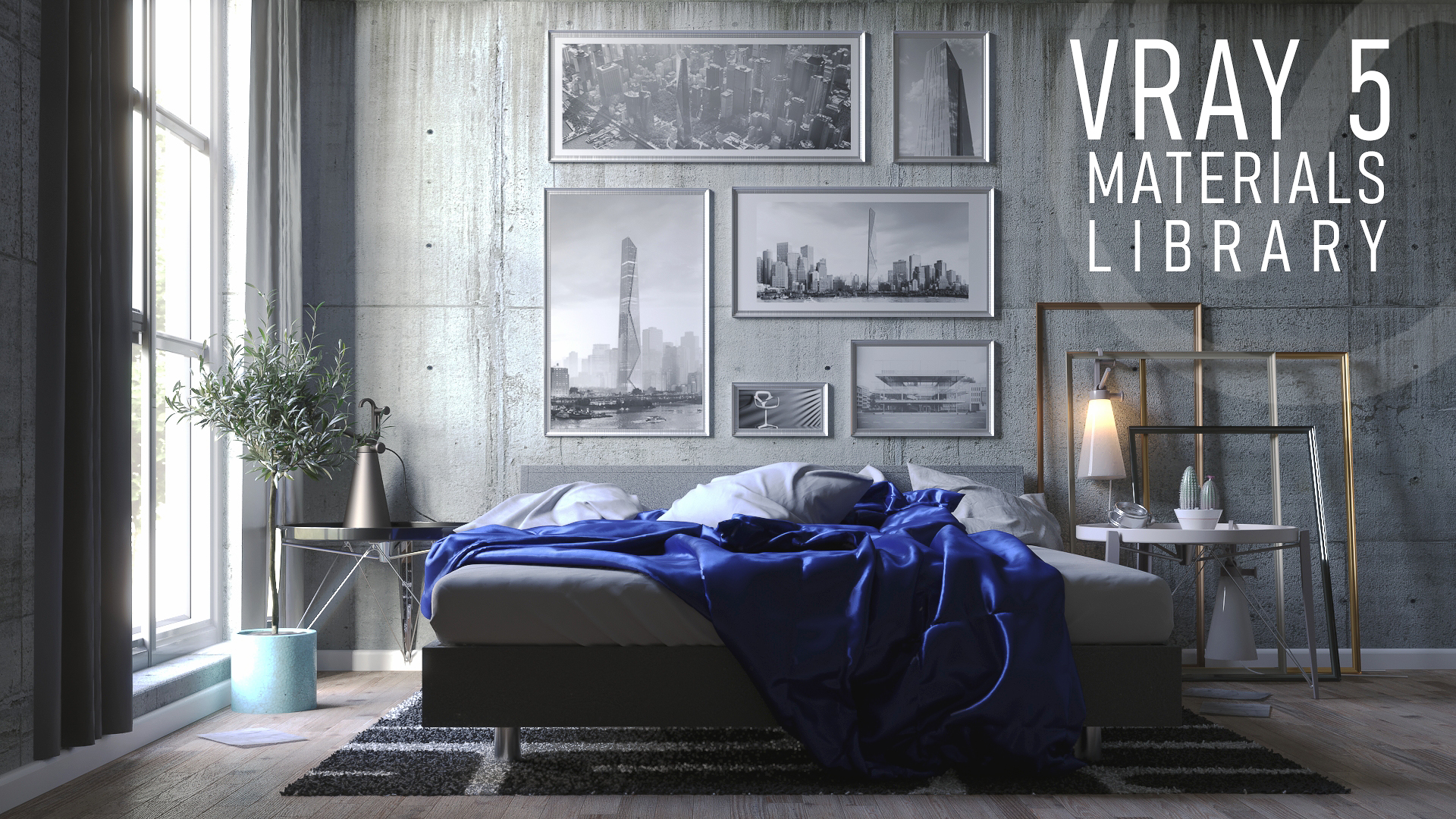

Among these elements, the Render Mask makes it possible to select a part of the image for re-rendering.

They give fine control over the result during compositing when re-assembling the final image from its components. Render Elements, like render passes, are a way to break renders out into component parts – reflections and shadows, diffuse colour, mattes and so on. All of V-Ray’s masking render elements including Cryptomatte, MultiMatte, Wirecolor and Object/Material/Render IDs are supported in the VFB render image holder window, which contains functionality for post processing adjustments to help finalise an image quickly without re-rendering or moving to another app. With more support for masks in the new version of the V-Ray Frame Buffer (VFB), users can now fine-tune rendered images while making precise selections. Artists and designers can now do more from a single render, extending the visualisation tools to give more control to compositors. Chaos V-Ray 5 for 3ds Max, Update 1, now includes support for masking, new Progressive Caustics and improved translucent materials.


 0 kommentar(er)
0 kommentar(er)
